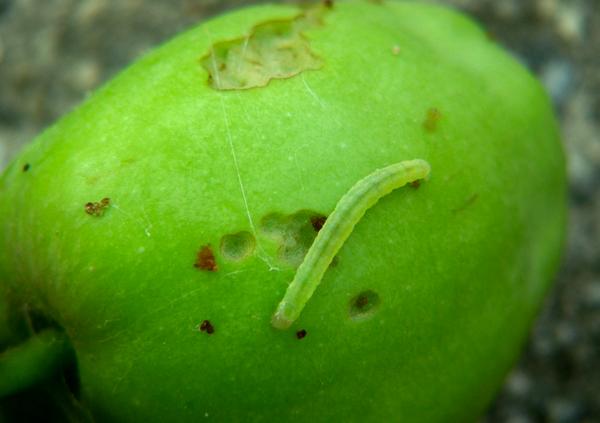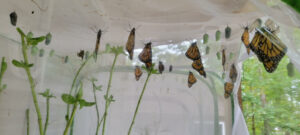
A Monarch Bed and Breakfast in Denton, NC
Have you ever wanted to raise Monarch butterflies? How about 237 monarchs released from your very own fingertips? Well, …



El inglés es el idioma de control de esta página. En la medida en que haya algún conflicto entre la traducción al inglés y la traducción, el inglés prevalece.
Al hacer clic en el enlace de traducción se activa un servicio de traducción gratuito para convertir la página al español. Al igual que con cualquier traducción por Internet, la conversión no es sensible al contexto y puede que no traduzca el texto en su significado original. NC State Extension no garantiza la exactitud del texto traducido. Por favor, tenga en cuenta que algunas aplicaciones y/o servicios pueden no funcionar como se espera cuando se traducen.
Inglês é o idioma de controle desta página. Na medida que haja algum conflito entre o texto original em Inglês e a tradução, o Inglês prevalece.
Ao clicar no link de tradução, um serviço gratuito de tradução será ativado para converter a página para o Português. Como em qualquer tradução pela internet, a conversão não é sensivel ao contexto e pode não ocorrer a tradução para o significado orginal. O serviço de Extensão da Carolina do Norte (NC State Extension) não garante a exatidão do texto traduzido. Por favor, observe que algumas funções ou serviços podem não funcionar como esperado após a tradução.
English is the controlling language of this page. To the extent there is any conflict between the English text and the translation, English controls.
Clicking on the translation link activates a free translation service to convert the page to Spanish. As with any Internet translation, the conversion is not context-sensitive and may not translate the text to its original meaning. NC State Extension does not guarantee the accuracy of the translated text. Please note that some applications and/or services may not function as expected when translated.
Collapse ▲
Have you ever wanted to raise Monarch butterflies? How about 237 monarchs released from your very own fingertips? Well, …
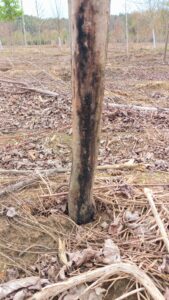
Phytophthora is typically associated with root and crown rots which are, more often than not, fatal to ornamental trees …
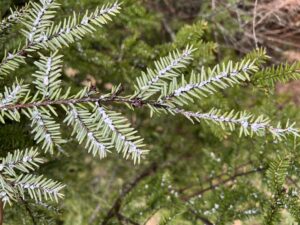
The hemlock woolly adelgid is an enemy of hemlock forests and has been for years. Native to Asia and …
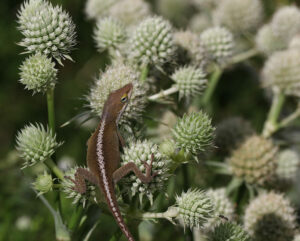
In late 2008, I planted a demonstration pollinator garden at Chatham Mills to provide forage from early spring to …
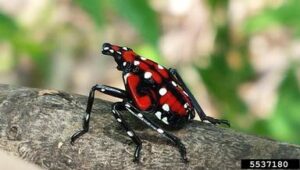
Last month, we reached a milestone one year since spotted lanternfly was detected in North Carolina. The first active …

The warm weather seems to be here to stay and with that, last year’s new invasive insect arrivals are …
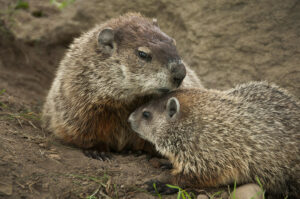
Groundhogs (known as woodchucks or whistlepigs by some) are the largest members of the squirrel family. They commonly can …
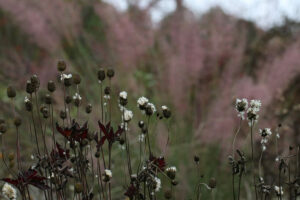
After planting, weeding, and watering through the spring and summer, some gardeners look forward to fall as a period …
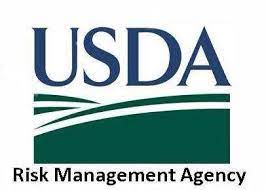
Join the USDA Risk Management Agency (RMA) for virtual workshops covering the ins and outs of the Whole Farm …
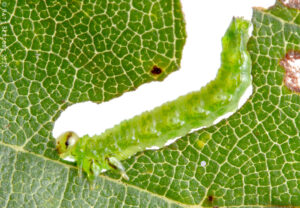
A new invasive insect has been spotted in North Carolina. In August 2022, the elm zigzag sawfly (Argidae: Aproceros leucopoda) …
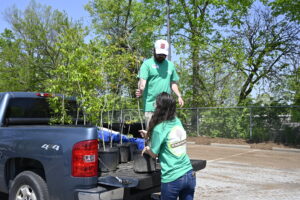
The Bradford Pear Bounty is back! After a successful inaugural event in April, NC’s Bradford Pear Bounty is coming …
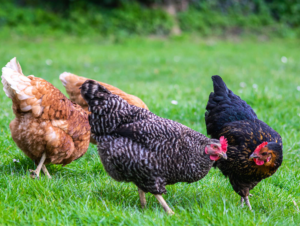
Our next Backyard Flock Series will be about reportable diseases. Dr. Rebecca Mansell, Director of Poultry Health Programs for …
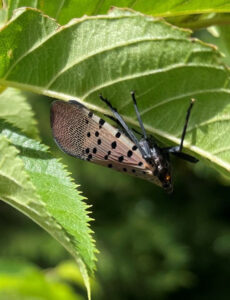
The short answer: We do not anticipate that spotted lanternfly will be an issue for field crops The long answer: …

Pesticide license categories often have overlapping areas of applicability, resulting in confusion over exactly which license category is required …
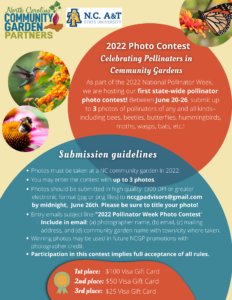
Thank you to everyone that participated in the “Hatch Butterflies” program when 4-H Embryology took a break due to …
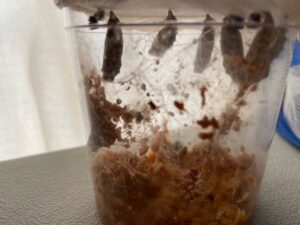
When 4-H Embryology was cancelled due to Highly Pathogenic Avian Influenza on April 5, 2022, Liz Driscoll, 4-H Horticulture …

Article by DeShae Dillard, M.S., NC State, Department of Entomology and Plant Pathology Corn earworm (also known as bollworm) is …
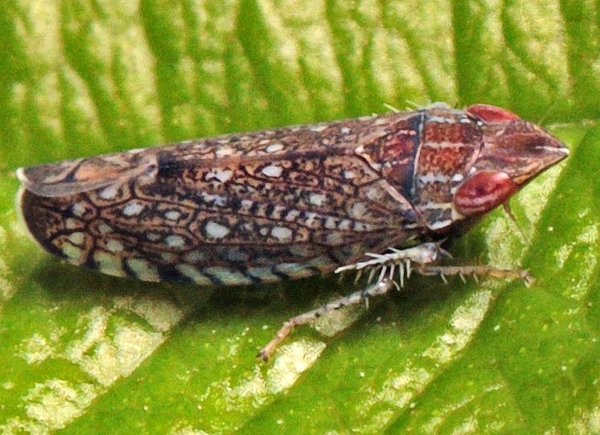
Leafhoppers are insects of importance to highbush blueberry growers in North Carolina. Species in the …
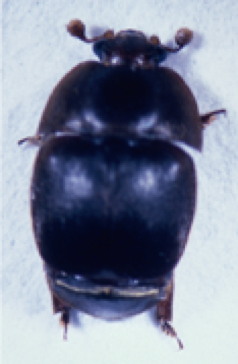
This factsheet describes the small hive beetle, its life cycle and how to prevent infestations …
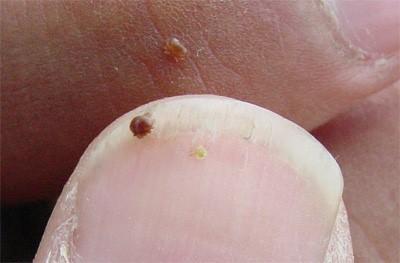
It is the goal of every beekeeper to maintain healthy, productive colonies. This can only …

This factsheet provides basic information about prevention and control of Africanized honey bees prior to …
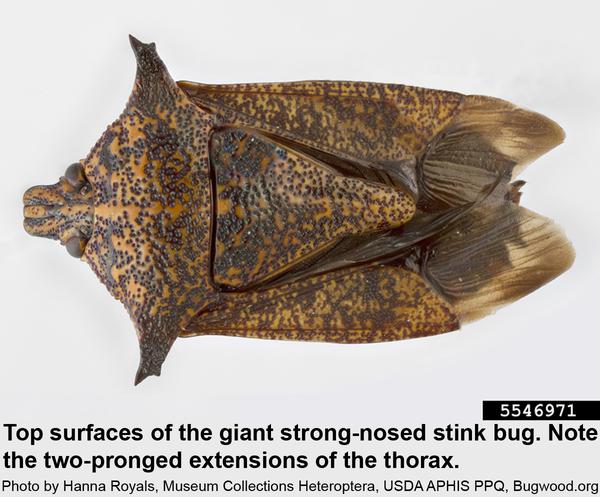
This factsheet describes the biology of the giant strong-nosed stink bug, Alcaeorrhynchus grandis, and provides …

This manual prepares pesticide applicators for Forest Pest Control Certification exams in the following states: …
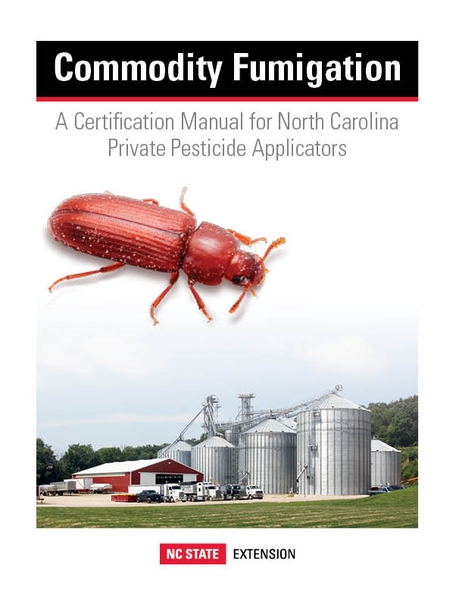
This manual provides guidance tailored for North Carolina's non-commercial pesticide applicators using fumigants in commodity …
